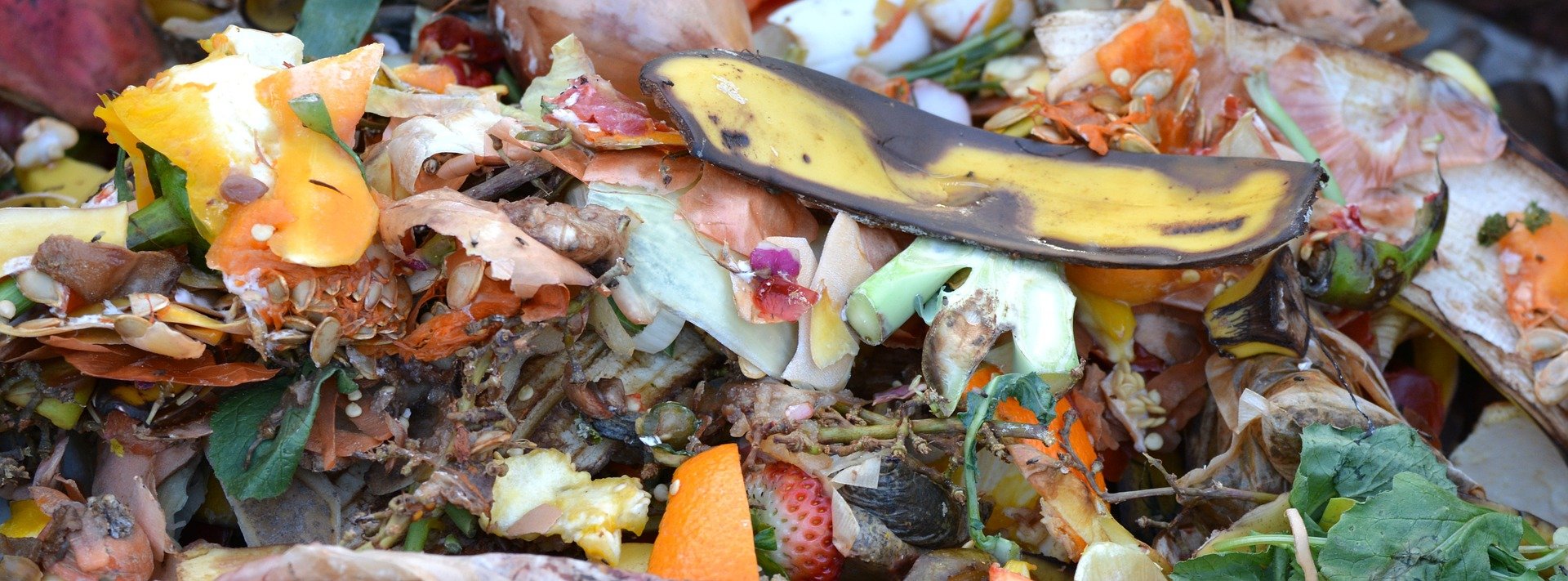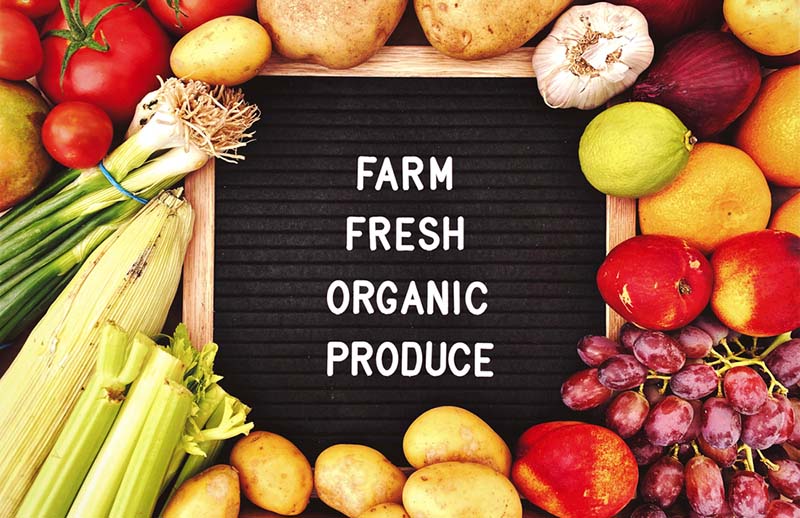As the restaurant industry continues to evolve, sustainability is becoming an increasingly important factor in many decisions. As diners and businesses become more aware of their environmental impact, it's more important than ever for restaurants to act responsibly. To meet this growing need, restaurant owners are looking for ways to drive revenue making meaningful changes towards becoming a sustainable and eco-friendly restaurant.
While implementing large-scale changes may not be feasible, there are plenty of easy sustainable moves to reduce your carbon footprint. These could include replacing single-use plastics like plastic straws with compostables, or ordering local, organic ingredients. By taking these simple steps towards sustainability today, restaurateurs can start building a greener tomorrow.
6 Green Restaurant Sustainability Practices
1. Food Waste: Reduce, Reuse & Recycle
Restaurants generate a lot of food waste that can accumulate quickly. Unused food scraps, leftovers and spoilage are all a problem to manage. As difficult as it may sound to reduce food waste, there are simple steps to reduce the amount going into landfills.

Encourage staff to be mindful of how much food they prepare each day. Implement portion control, and make sure that the leftover food gets eaten, donated, or composted. Composting food waste is a great way to keep natural resources out of landfills while creating usage nutrient-rich soil.
Improving inventory control is another way to focus on minimizing food waste. Keeping better records regarding stock levels ensures that only necessary items are ordered, limiting extra or duplicate purchases.
Owners and chefs can also get creative saving ingredients they already have on hand. Fortifying existing sauces with food scraps such as vegetable tops and ends like a carrot top pesto for example.
2. Upgrade the Menu
Growing red meat is generally energy, land, and water intensive. Factory farming cows and other animals in CAFOs produces large amounts of methane and nitrous oxide. By reducing our consumption of factory meat and dairy, we can reduce greenhouse gas emissions and help protect our environment.
Replacing meat from the menu is obviously a non-starter for many businesses that depend on it. However, there have been massive strides made in regenerative agriculture science. Using cows and other animals rotationally helps capture carbon, reduce feed and fertilizer inputs and build soil health.

Sourcing local pasture-raised meat from responsible farms is a great upgrade that many consumers are willing to pay more for. It also helps support farmers doing the right thing, improves animals' quality of life and supports local businesses.
Just as replacing factory meat is better for the environment, local produce also has many benefits. Sourcing produce locally is another great way to reduce food miles and long supply chains. Local and organic produce is even more beneficial, as it reduces inputs such as chemical fertilizers and pesticides. Seasonal produce also allows us to make the most of what is available in the area.
By offering local and sustainable ingredients at your restaurant, you’ll be finding success with both customers and your environmental impact. You may also make supplier connections that are interested in taking your food scraps back to their farm. A win-win!
3. Grow Your Own
Making an effort to purchase local ingredients helps minimize food miles and pollution related to shipping goods long distances. Growing your own ingredients is becoming an increasingly popular way to increase efficiency, save money, and source fresh local produce. It also helps to reduce packaging waste.
Limited by location or gardening experience? It's possible to grow certain items onsite using containers, raised beds, or rooftops. Chefs and customers can feel good knowing their food was locally grown and organic which adds extra appeal to the menu.

Restaurants may already have existing team members or customers with the knowledge needed to help set up a garden space. If not, local gardening experts are easy to find to establish an effective garden plan. Not only will this make meals fresher but also reduces reliance on farms or distributors. It also improves efficiency, leading to happier patrons and higher revenues at the same time.
4. Energy Efficiency
With just a few small changes, restaurateurs can make a big impact cutting down on energy consumption. Utilizing energy-efficient appliances like LED bulbs or Energy Star-certified freezers and refrigerators in your kitchen drastically reduces electricity consumption.
Utilizing daylight, the most energy-efficient light, whenever possible further enables you to save money during daytime hours. Installing water management systems like aerators on faucets allow for optimal water consumption. These low-flow faucets can make a big difference given how much water is used in a commercial kitchen. By equipping the kitchen with efficient appliances, restaurants can enjoy lower monthly utility bills due to lower water and energy usage.
5. Green Cleaning
In today’s eco-conscious world, it’s important to use green cleaning products to protect ourselves and the environment. The harsh chemicals found in most commercial cleaners can be damaging to both people and animals and contribute to water pollution.
To solve these issues, many eco-friendly cleaning supplies have been developed. These are powerful enough for commercial use but without toxins and pollutants. Look for plant-based ingredients like vegetable-based surfactants, lavender oil, plant starches, and natural minerals.

6. Replace Single-Use Plastic Waste with Renewable Alternatives
The US disposes of millions of tons of plastic every year. Fortunately there are environmentally-friendly disposables available. Made from natural products such as bamboo, sugarcane, PLA bioplastic or paper which can be composted and recycled.
Use compostable to-go containers, plates, and cutlery instead of plastic or Styrofoam disposables. Investing in certified compostable products also has significant upstream benefits. It is also a great step to help reduce plastic and to show customers you care!
...


